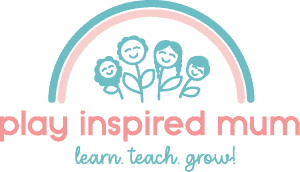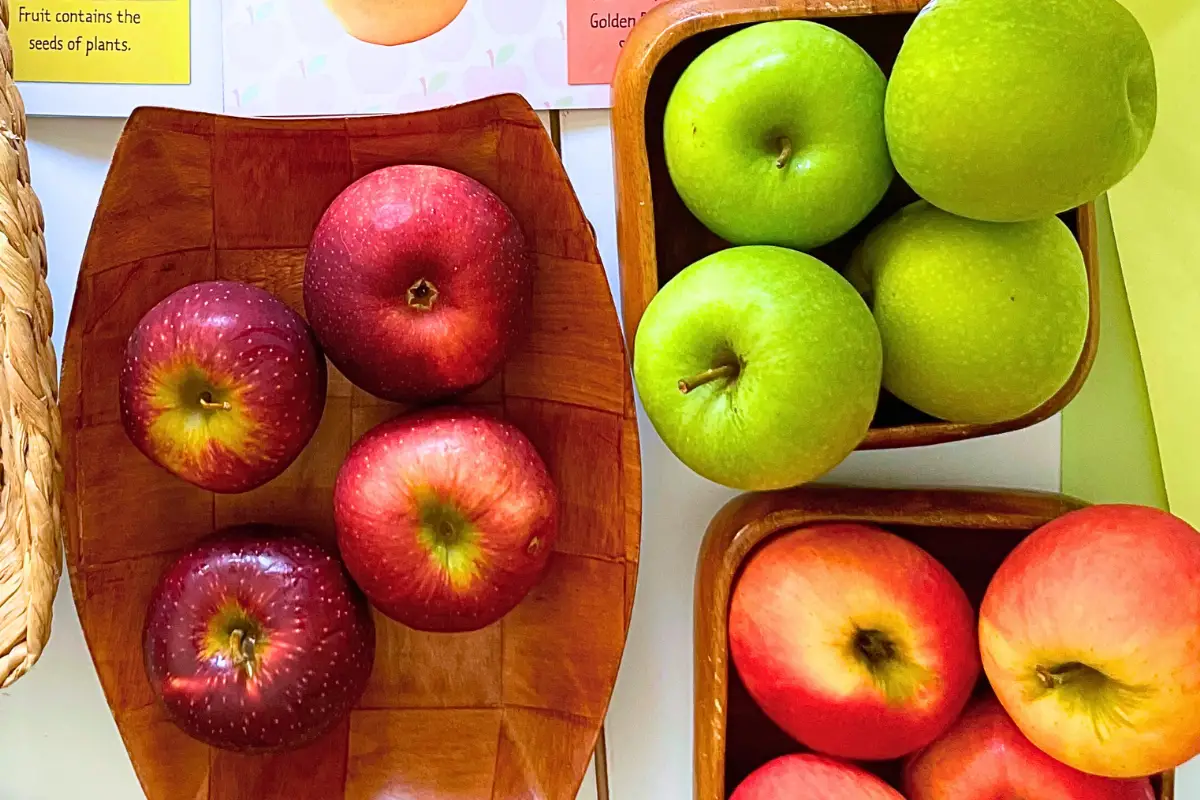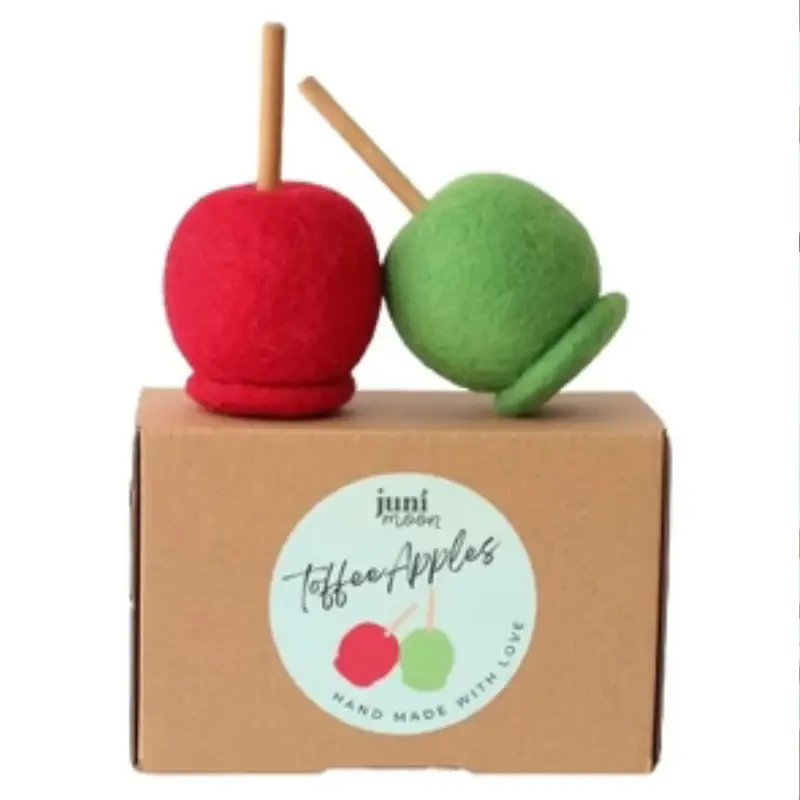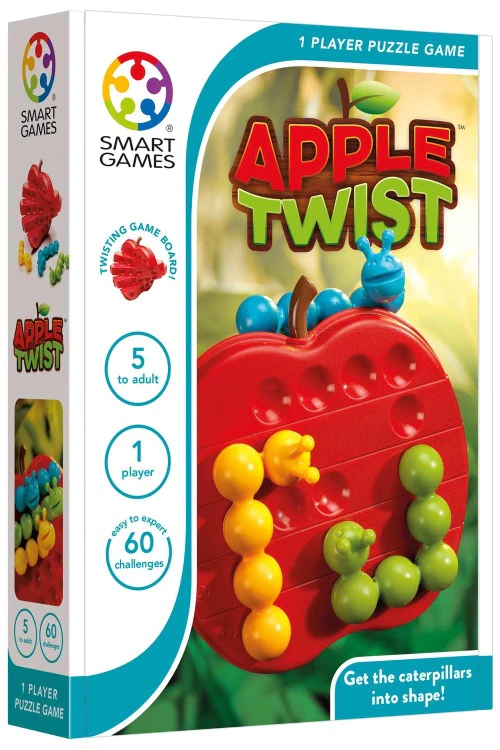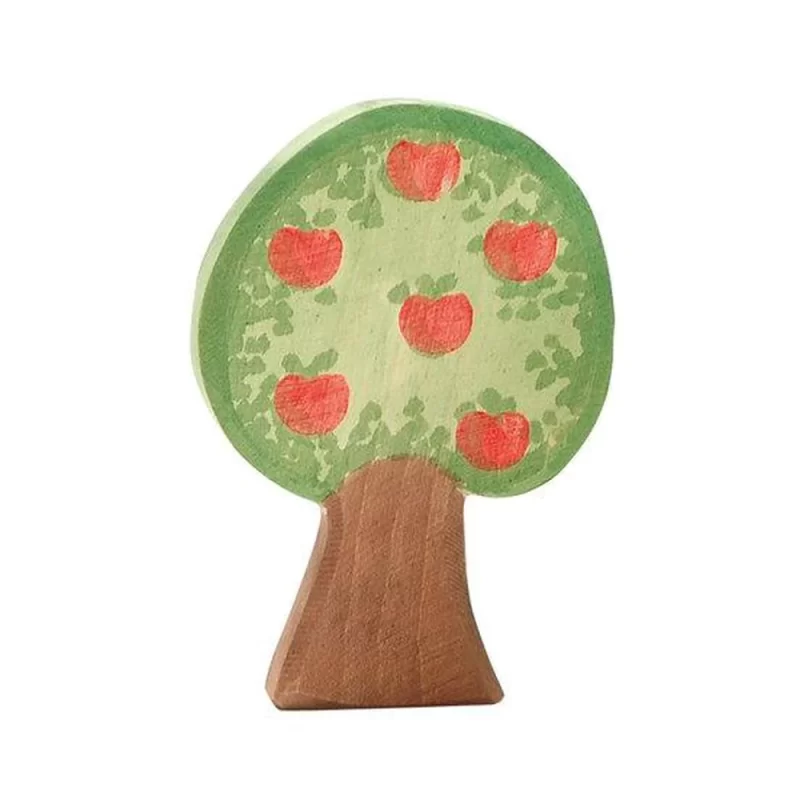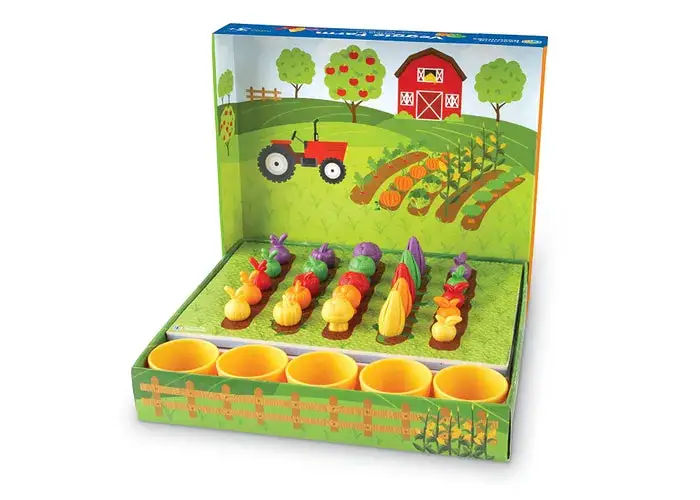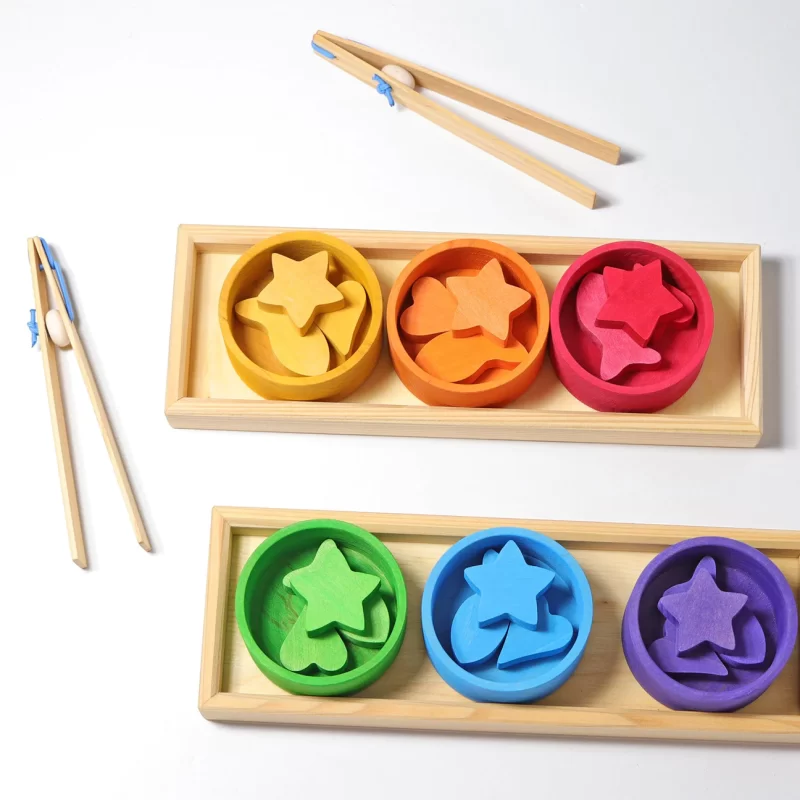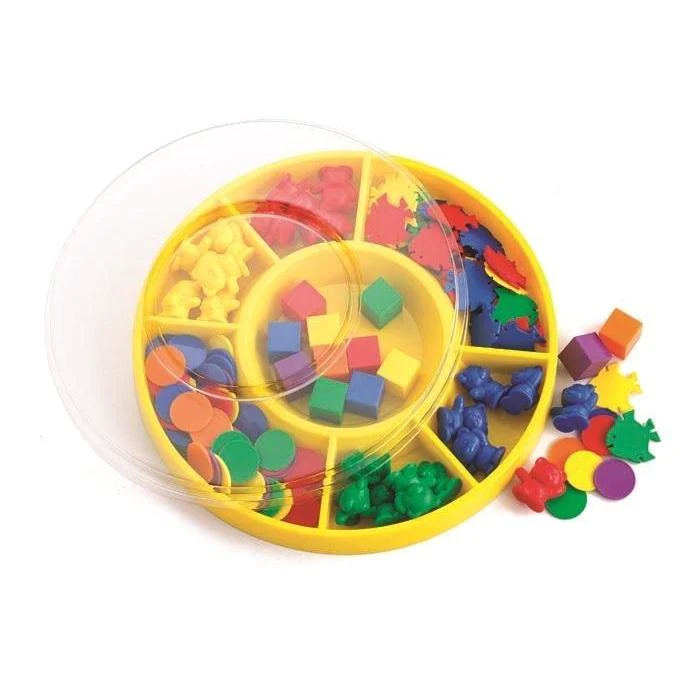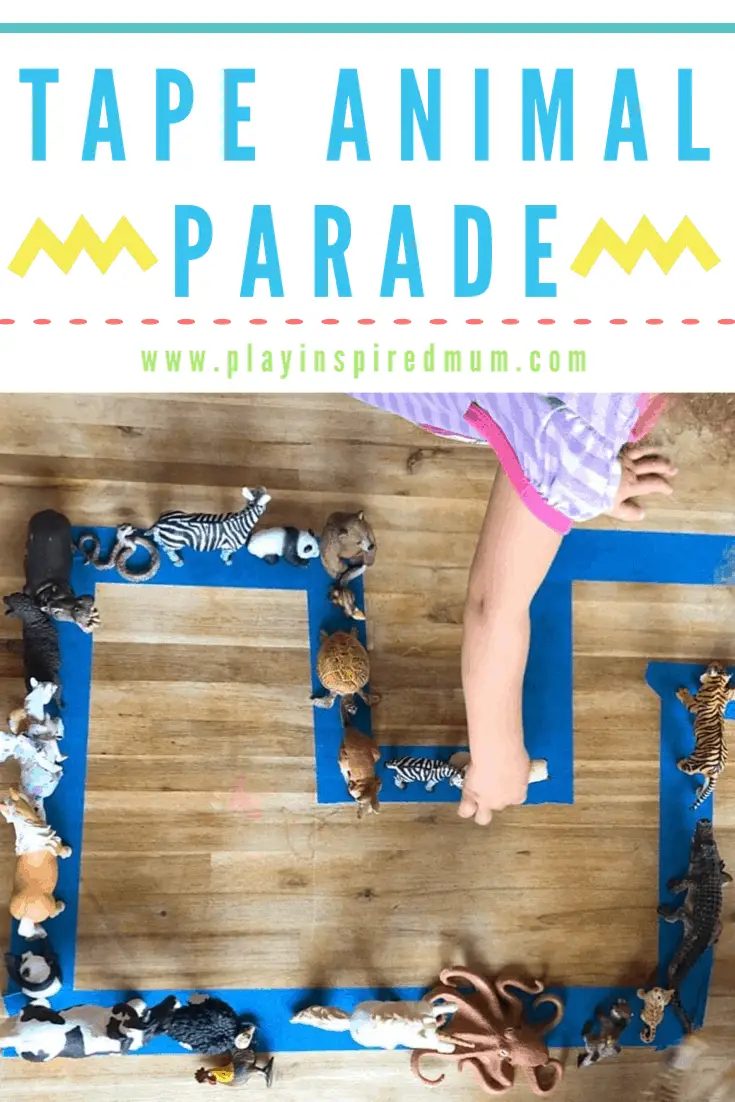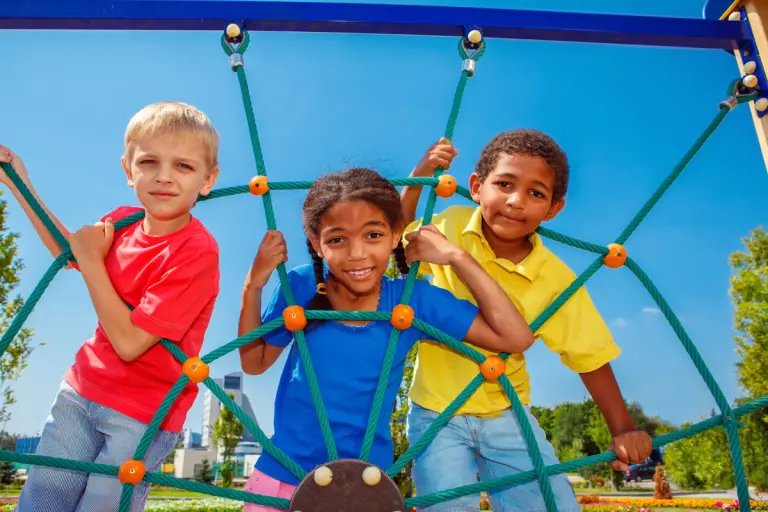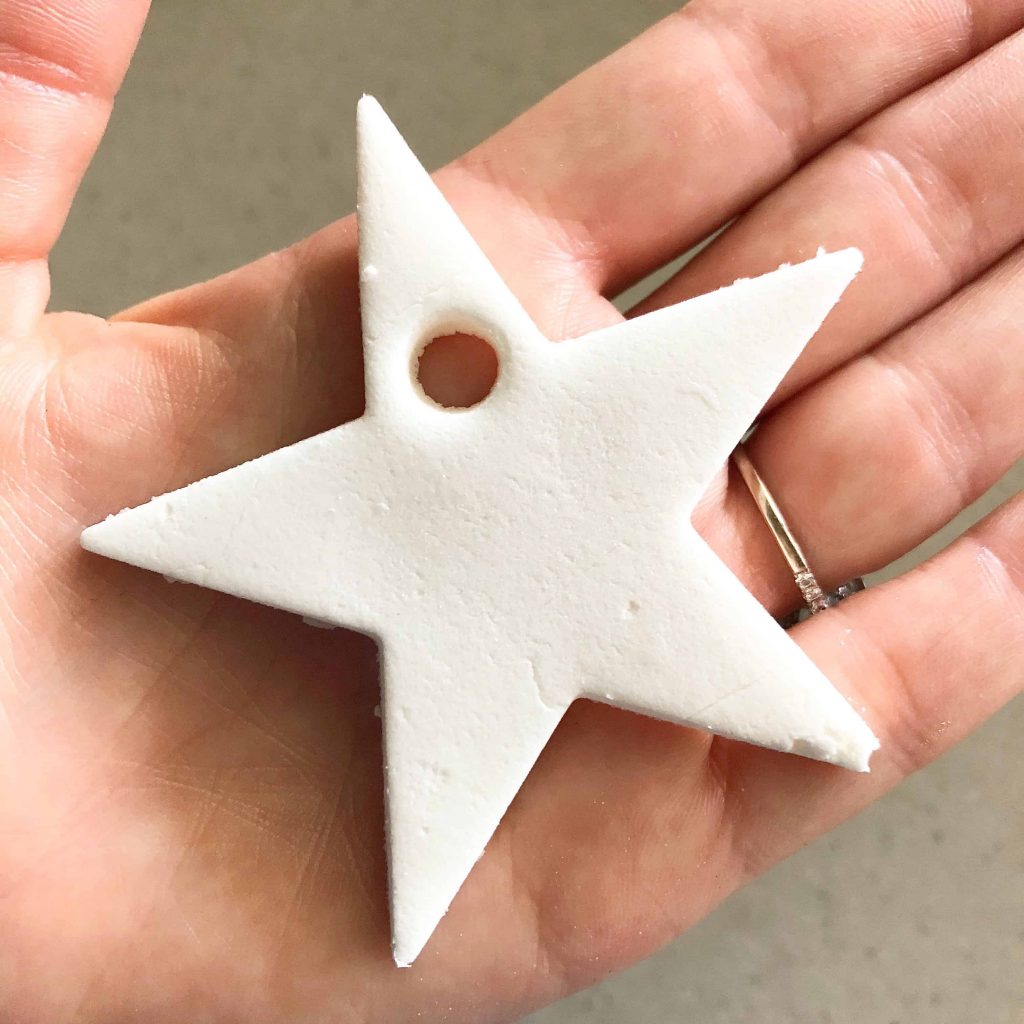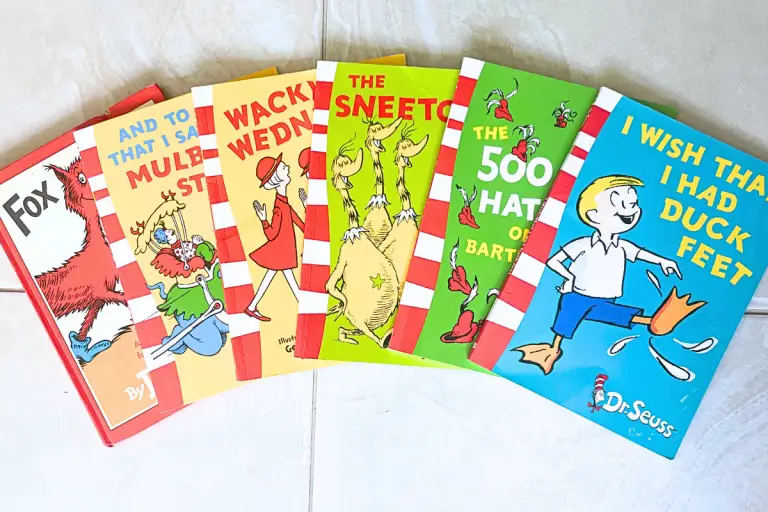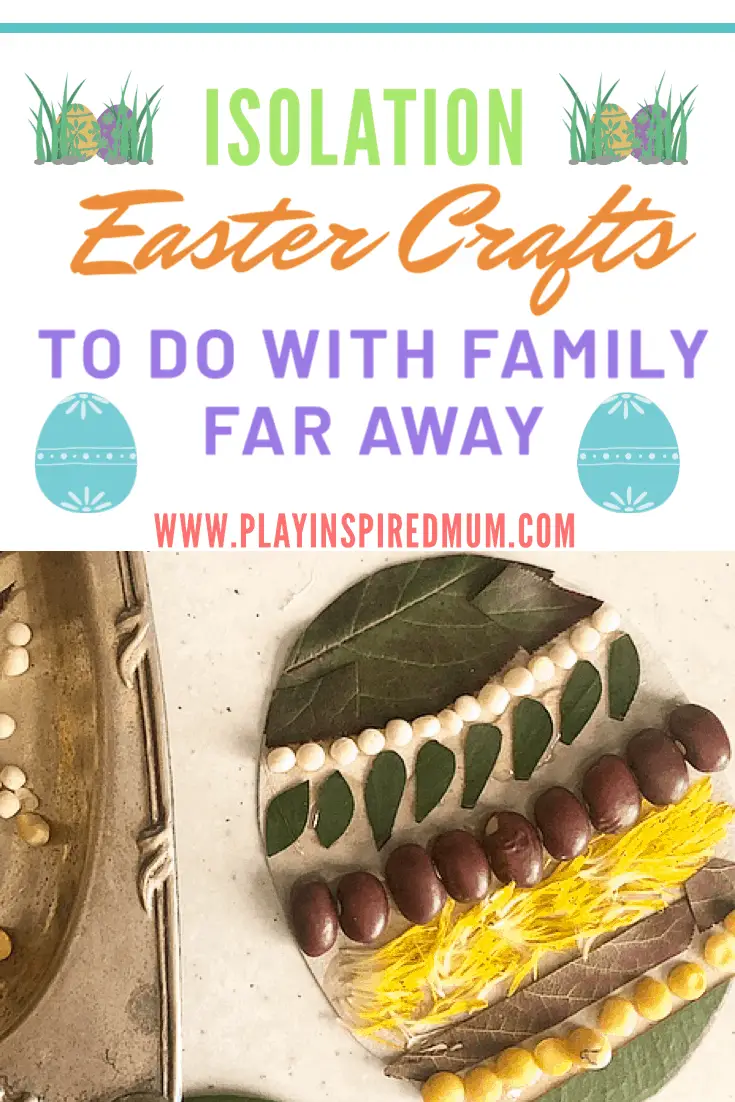Apple Sorting Activity for Toddlers
Disclosure: This blog contains affiliate links which I may earn a small commission from if you purchase through them, at no extra cost to you.
In this blog post, we dive into an exciting and educational apple-sorting activity designed to captivate the mind of your toddler.
Through hands-on engagement, children not only enjoy themselves but also cultivate essential cognitive skills.
The art of sorting apples goes beyond mere play – it’s a valuable learning experience that lays the foundation for various developmental milestones.
I have done this activity many times over 9 years of being a parent. Each time it blows my mind how something so simple can be captivating for them.
Let’s explore how this simple yet dynamic activity can provide a wealth of benefits for your child’s growth and learning journey.
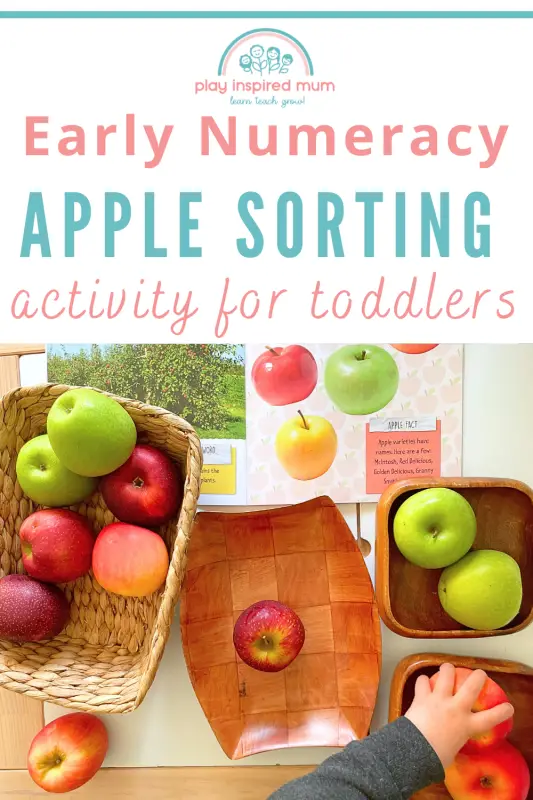
Apple Sorting Activity for Toddlers
- Materials needed for an apple sorting activity
- How to set up an apple sorting activity
- Variations to an apple sorting activity
- What does sorting activity mean?
- What is the purpose of sorting?
- Why is matching and sorting good for toddlers?
- What do sorting activities teach children?
- What type of learning is sorting?
- Is sorting a numeracy skill?
- What are the benefits of sorting activities?
- What are some real-life examples where sorting is used?
- How do you teach sorting activities?
- Embracing hands-on learning
Materials needed for an apple sorting activity
To embark on this exciting apple-sorting adventure, you’ll need a few key materials.
Gather a variety of apples in different colours, sizes, and textures.
Seek out apples that intrigue the senses – vibrant reds, lush greens, and sunny yellows.
Encouraging your toddler to choose the apples is a great way to involve them in the setup. In turn, they are more likely to be invested in the activity when it comes time for them to join in.
Equally important are baskets or containers for sorting and labels to distinguish the categories.
This hands-on experience begins with thoughtful preparation, setting the stage for an engaging and educational activity that your child will cherish.
- 4 x Red variety apples (We used Bravo apples)
- 4 x Green variety apples ( We used Granny Smith or Granny Sniffs as Mr 2 calls them)
- 4 x Yellow variety apples ( We used Pink Ladies with as much yellow as we could pick out)
- three bowls, baskets, or containers
- basket
- 1 x piece of each red, green, and yellow paper
We got our wooden bowls from an op-shop for just a couple of dollars each. Any container will do.
Worse case a few stripes of masking tape marking some boundaries for sorting on the tabletop would do.
This is a great activity to have on the back burner for those unexpected times when you need to fill in 20 minutes with limited resources. It is very versatile with its setup.
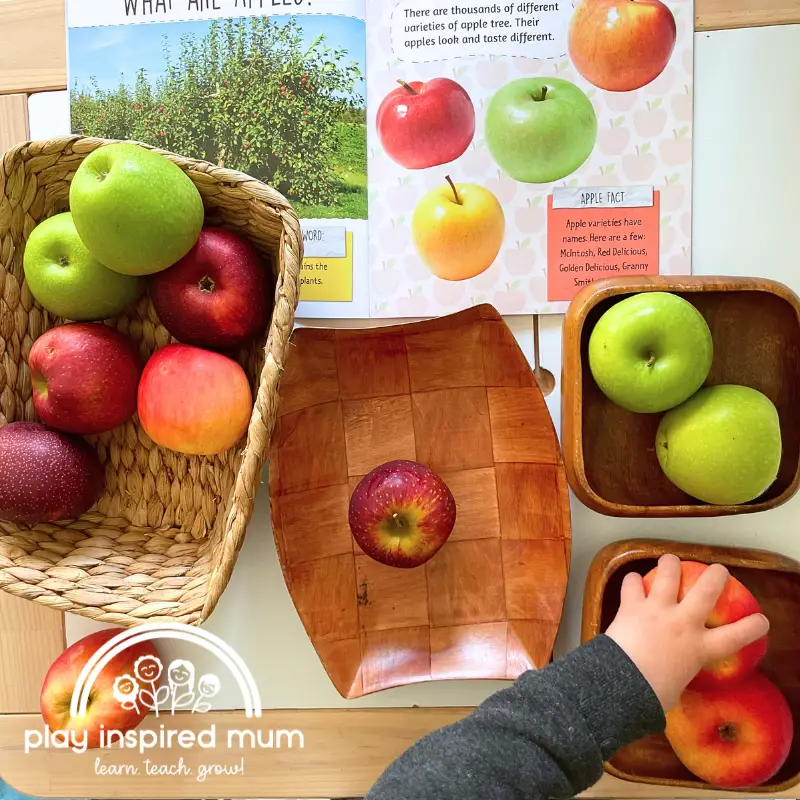
How to set up an apple sorting activity
Crafting the perfect environment sets the tone for an immersive apple-sorting activity.
Find a well-lit and uncluttered space, ideal for fostering curiosity and exploration.
Arrange the baskets, labels, and apples meticulously to establish an attractive sorting station.
By creating an inviting setup, you encourage your child’s active participation and ensure that every aspect of the activity sparks their interest and enthusiasm.
I paired up our baskets and apples with an apple-themed book, ‘Blossom to Apple’ by Sarah Ridley.
This is a great non-fiction book all about apples.
It is part of a ‘Where does food come from’ series and is our second favourite apple-themed book.
Find out our favourite further down the page.
Exploring the apple varieties
Introduce your child to a world of apple varieties, each with its unique characteristics.
Explore the rich spectrum of colours, from the fiery reds to the crisp greens and the sunny yellows.
Engage their senses by describing the varying textures and patterns.
Through hands-on interaction, your child will not only learn about colors but also develop an appreciation for the rich diversity that nature offers.
This active exploration sets the stage for an enlightening sorting experience.
We started by naming the apples, taking our time to highlight some distinct features of each variety.
Mr 2 described the Granny Smiths’ stand-out feature to be the bright green skin.
He called the Bravos black apples with pale spots, referring to the deep colour with speckles throughout.
I referred to the Pink Ladies as looking like the sunset at dusk which stuck in his mind.
Apple sorting by colour
After examining and labeling our apples, it was time to sort them by colour.
We laid out the three bowls. I asked Mr 2 to put all the Bravo apples into one bowl, the Pink Ladies into another bowl, and the Granny Smiths into the last bowl.
To start with guide your child in selecting an apple and placing it in the corresponding basket based on its colour.
Encourage them to actively participate, feeling the weight of the apple, examining its hue, and discerning any subtle differences.
This hands-on approach transforms basic color sorting into an engaging adventure, enhancing their cognitive skills while they relish the tactile experience.
Mr two was hooked from the get-go. Busy hands made for sorting the apples. It didn’t take long for him to master the names of the apples and have them sorted correctly.
Incidental learning
As I sat back just watching him reach for the apples, I quietly smiled to myself. He was reaching for the apples on his left with his right hand before moving them to the bowls on his right.
Are you wondering why this is worth noting?
It is a perfect example of incidental learning. Moving a body part from one side to the other is a skill that needs to be practiced.
It is called crossing the midline.
I just love how amazing it is that simple activities like moving apples from a basket to to bowl can offer so many incidental learning opportunities – and the kiddos have no idea!
Amidst the sorting excitement, a world of learning opportunities unfolds.
As your toddler groups apples by colour, they cultivate color recognition skills and refine their sorting abilities.
Take advantage of this hands-on moment to introduce simple math concepts – let them count apples in each basket and compare quantities.
By describing the apples’ attributes aloud, your child’s vocabulary blossoms. They develop the language to express textures, sizes, and colours.
Through this interactive experience, your child’s fine motor skills thrive as they handle and place each apple carefully.
Luckily for us (and the apples) we had the activity set up on our Relax Mat. A couple of apples that rolled out of the bowls landed safely on the memory foam mat without bruising.
Apple sorting by matching colours
After sorting the apples into the bowls a few times, I moved to sort them by colour by matching the apples to the coloured pieces of paper.
I gathered the apples from the bowls and returned them to the basket.
We then laid out the three coloured sheets of paper. With a quick prompt, Mr 2 set to inspect each apple closely before placing it onto the coloured paper.
I loved how Mr 2 noted that a Bravo apple was in fact green near the stem and really questioned which colour it should be matched with.

Other variations to the apple sorting activity
In our previous discussion, we uncovered the captivating world of apple sorting by colour.
Now, let’s journey further into the realm of hands-on learning by exploring additional variables to sort by.
By introducing these new dimensions, we not only add an extra layer of excitement to our apple sorting activity but also foster critical thinking and a deeper understanding of classification.
- Stem vs no stem
- Sticker vs no sticker
- Spots vs no spots
- Blemish vs no blemish
- Texture
- Size
The goal is to make the sorting activity both educational and enjoyable.
Depending on the age and developmental level of your children, you can choose variations that suit their interests and abilities, and even let them come up with their own creative sorting criteria.
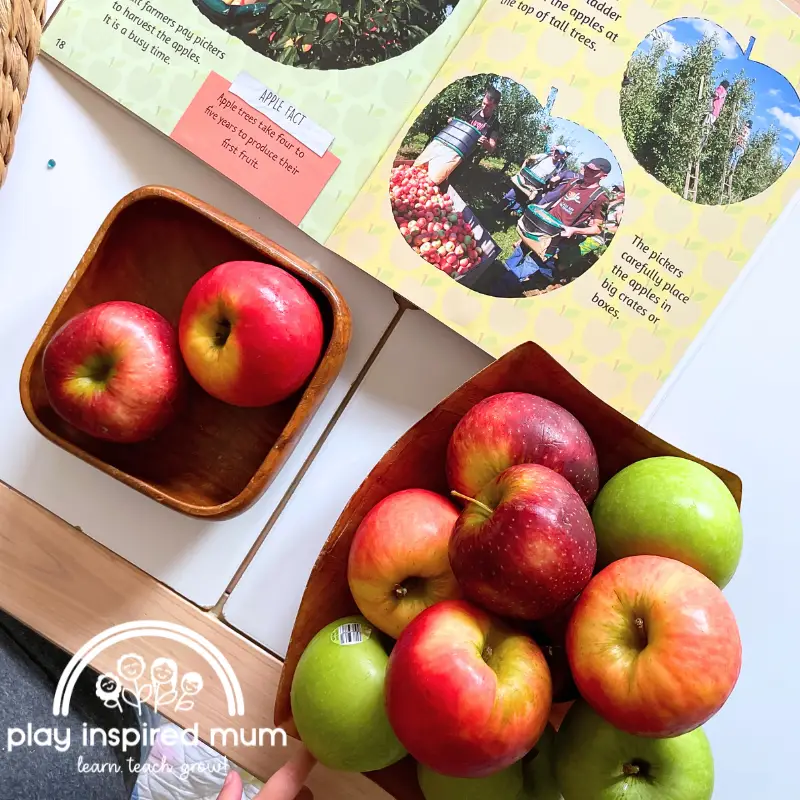
Amazing apple themed childrens books
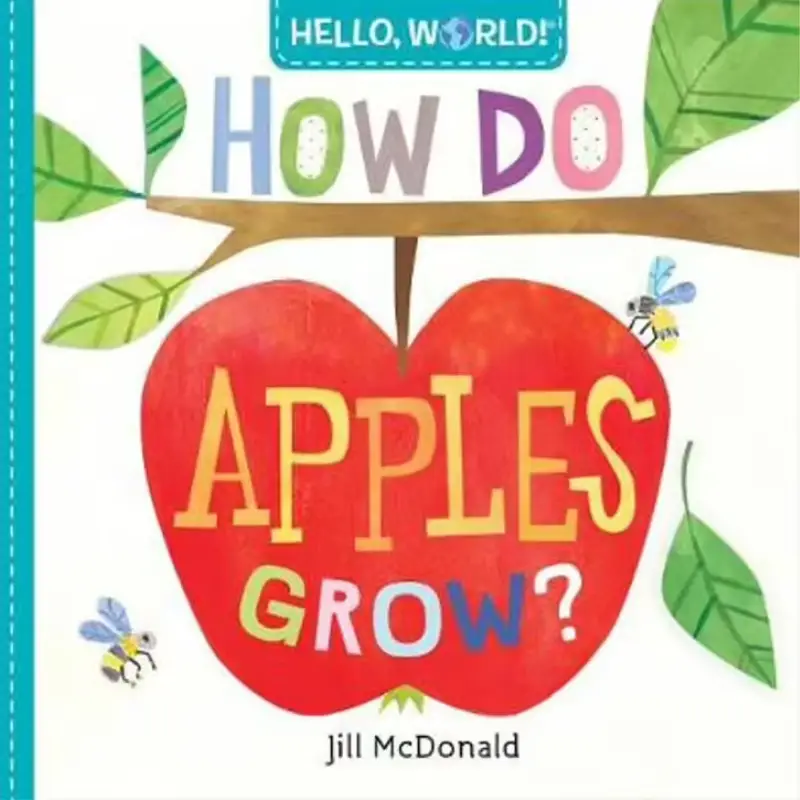
- 10 Apples on Top! by Dr Seuss
- One Red Apple by Harriet Ziefert
- Ten Red Apples by Pat Hutchins
- The Secrets of the Apple Tree by Carron Brown
- Apple Pie ABC by Alison Murray
- An Apple’s Life by Nancy Dickman
- Apples by Gail Gibbons
- The Apple Pie Tree by Zoe Hall
- Apples, Apples, Apples by Nancy Elizabeth Wallace
- Orange Pear Apple Bear by Emily Gravett
- Little Mouse and the Big Red Apple by A. H. Benjamin
What does sorting activity mean?
A sorting activity refers to an educational or recreational exercise where items, objects, or elements are grouped and organized based on specific criteria or characteristics. The goal of a sorting activity is to enhance cognitive skills, promote critical thinking, and develop an understanding of classification and categorization.
In a sorting activity, children examine a set of items and categorize them into distinct groups based on shared attributes.
These attributes could include properties like
- colour
- size
- shape
- texture
- weight
- taste
- smell
Sorting activities can be hands-on, interactive experiences, often involving physical manipulation of objects, which helps learners engage their senses and reinforces the concepts being taught.
Playing Preschool Home Learning Curriculm
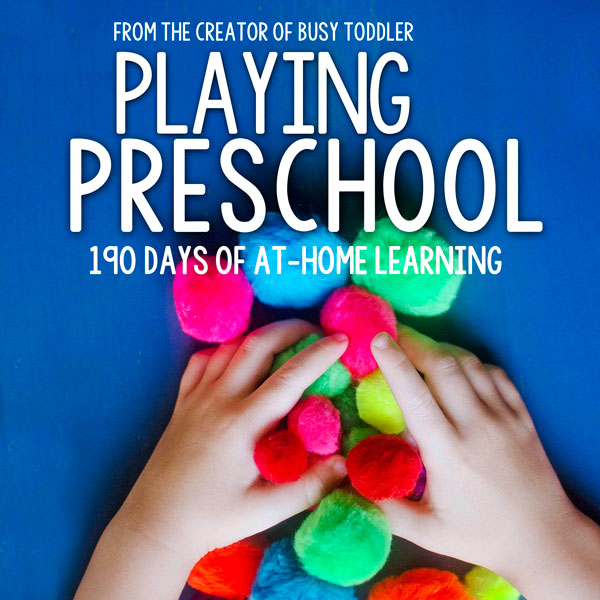
Have you ever longed for a daily plan to guide your interactions with your preschooler?
Imagine having a resource that provides instructions on what to teach, suggests books to read, recommends conversation topics, and offers activity ideas.
Gone are the days of improvising and feeling uncertain about your child’s learning progress.
The solution you’ve been looking for is right here: Welcome to Playing Preschool.
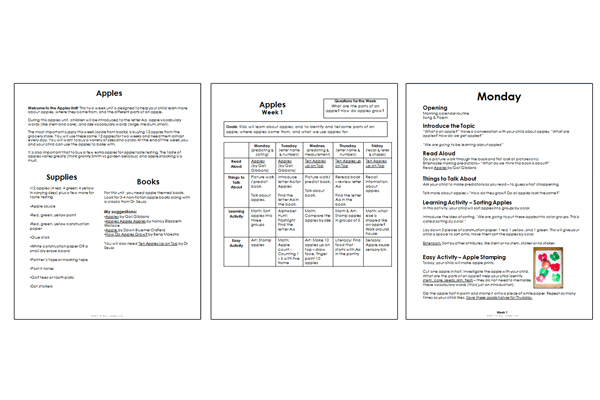
In each annual installment of Playing Preschool, you’ll discover a structured program comprising 190 instructional days, organized into 19 distinct units for homeschool preschool.
Similar to a conventional school schedule, this entails five carefully designed lessons every week, spanning 38 weeks.
Playing Preschool simplifies the preschool experience with its straightforward daily lesson plans, offering a well-ordered sequence of hands-on activities.
This comprehensive curriculum seamlessly blends elements of reading, math, science, and art, ensuring that learning is both enjoyable and educational.
What is the purpose of sorting?
Sorting activities are commonly used in early childhood education to teach basic concepts such as colors, shapes, and numbers.
However, they can also be adapted for more advanced learning, such as introducing complex concepts in science, mathematics, and even real-world scenarios where classification is important.
Sorting activities are a versatile and effective way to engage learners, encourage observation and critical thinking, and provide a tangible experience that enhances understanding and knowledge retention.
What do sorting activities teach children?
Sorting activities are incredibly beneficial for toddlers as they play a crucial role in their early cognitive, sensory, and motor development.
These activities go beyond simple play and offer valuable learning opportunities that lay the foundation for various skills.
Here’s what sorting activities teach toddlers:
Visual Discrimination:
Sorting activities help toddlers differentiate between various attributes such as colours, shapes, and sizes. This enhances their ability to visually distinguish between different objects and characteristics.
Fine Motor Skills
Picking up objects, manipulating them, and placing them in specific categories develop toddlers’ fine motor skills and hand-eye coordination.
Categorization:
Sorting encourages toddlers to categorize objects based on specific attributes. This skill forms the basis for understanding similarities and differences, which is essential for early cognitive development.
Basic Math Concepts:
Sorting activities introduce basic math concepts such as counting, comparing quantities, and understanding relative sizes. These concepts are building blocks for more advanced math skills.
Problem-Solving:
Sorting requires toddlers to think critically and solve simple problems. They must determine which category an object belongs to based on its attributes.
Language Development:
As toddlers engage in sorting activities, they learn new vocabulary related to colours, shapes, sizes, and other attributes. Verbalizing their observations during sorting enhances their language skills.
Sensory Exploration:
Toddlers explore different textures, shapes, and sizes during sorting, which stimulates their sensory development and contributes to a richer understanding of the world around them.
Focus and Concentration:
Engaging in sorting activities helps toddlers develop the ability to focus their attention on a task and concentrate for longer periods, fostering attention span development.
Pattern Recognition:
Some sorting activities involve creating patterns or sequences, helping toddlers recognize and predict patterns, a fundamental skill for later math and problem-solving activities.
Independence and Confidence:
Successfully completing sorting tasks boosts toddlers’ self-esteem and sense of accomplishment, encouraging them to take on new challenges independently.
Social Skills:
If done in a group setting, sorting activities can promote social interaction, sharing, and turn-taking, helping toddlers learn to collaborate and communicate with others.
Incorporating a variety of sorting activities into a toddler’s playtime can create a well-rounded learning experience that promotes cognitive, sensory, and motor development.
These activities can be simple, enjoyable, and adaptable to various themes, making learning a fun and engaging process for your children.
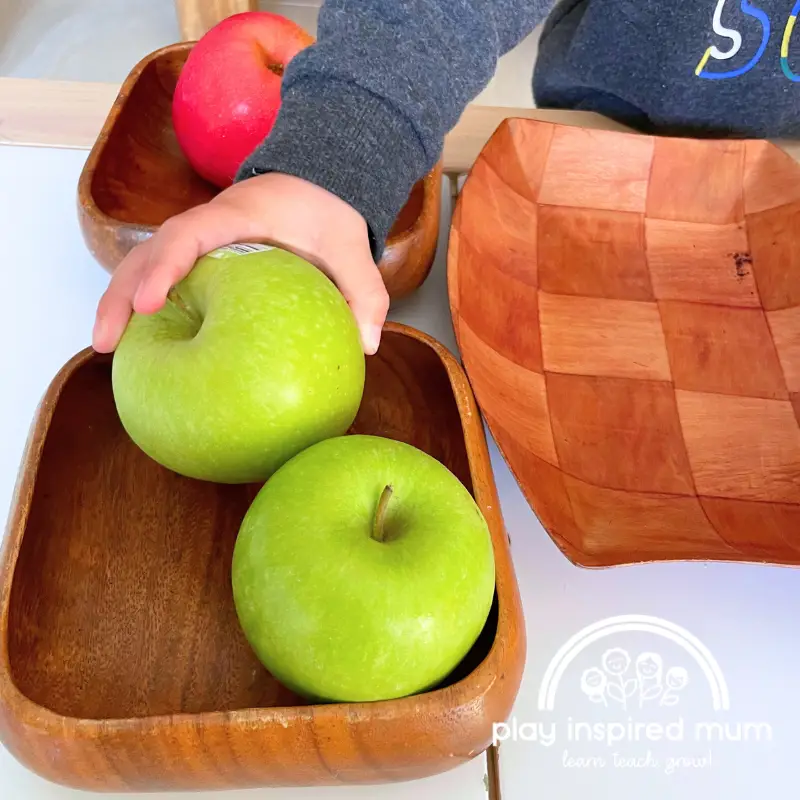
Why is matching and sorting good for toddlers?
Sorting and matching activities offer numerous benefits for toddlers’ holistic development. These activities are not only enjoyable but also provide valuable learning experiences that cater to various aspects of their growth. Here’s why sorting and matching are particularly good for toddlers:
Cognitive Development:
Sorting and matching activities engage toddlers’ cognitive abilities by encouraging them to observe, analyze, and categorize objects based on specific attributes. This process promotes critical thinking, problem-solving, and decision-making skills.
Visual Discrimination:
Sorting and matching require toddlers to pay attention to details and recognize differences and similarities among objects. This enhances their visual discrimination skills, which are crucial for various tasks in the future, including reading and writing.
Language Skills:
During sorting and matching, toddlers learn new words related to colours, shapes, sizes, and other attributes. Discussing these attributes as they sort and match objects enhances their vocabulary and language development.
Math Concepts:
Sorting and matching activities introduce basic math concepts such as counting, comparing quantities, and recognizing patterns. These foundational math skills lay the groundwork for more complex mathematical thinking later on.
Fine Motor Skills:
Manipulating and placing objects during sorting and matching activities enhances toddlers’ fine motor skills and hand-eye coordination. These skills are essential for tasks like writing, drawing, and using tools.
Sensory Exploration:
Many sorting and matching activities involve different textures, sizes, and shapes. Exploring these sensory experiences stimulates toddlers’ sensory development and helps them make sense of their surroundings.
Attention Span and Focus:
Engaging in sorting and matching tasks requires toddlers to concentrate on a task for a period of time. This helps improve their attention span and focus, which are vital skills for learning and daily activities.
Self-Esteem and Confidence:
Successfully completing sorting and matching tasks provides toddlers with a sense of accomplishment and boosts their self-esteem. This positive reinforcement encourages them to explore new challenges with confidence.
Social Interaction:
If done with others, sorting and matching activities can foster social interaction, cooperation, sharing, and turn-taking. These social skills are important for building relationships and navigating social situations.
Independence:
Sorting and matching activities can often be done independently. Allowing toddlers to make their own choices, solve problems, and achieve goals independently nurtures their sense of autonomy and self-reliance.
Foundation for Learning:
The skills developed through sorting and matching lay a strong foundation for future academic learning. These activities cultivate a love for learning, exploration, and discovery from an early age.
Incorporating a variety of sorting and matching activities into toddlers’ playtime offers a well-rounded approach to learning and development.
These activities are versatile, adaptable, and can be tailored to match a toddler’s interests and developmental stage, making them a valuable tool for parents, caregivers, and educators.
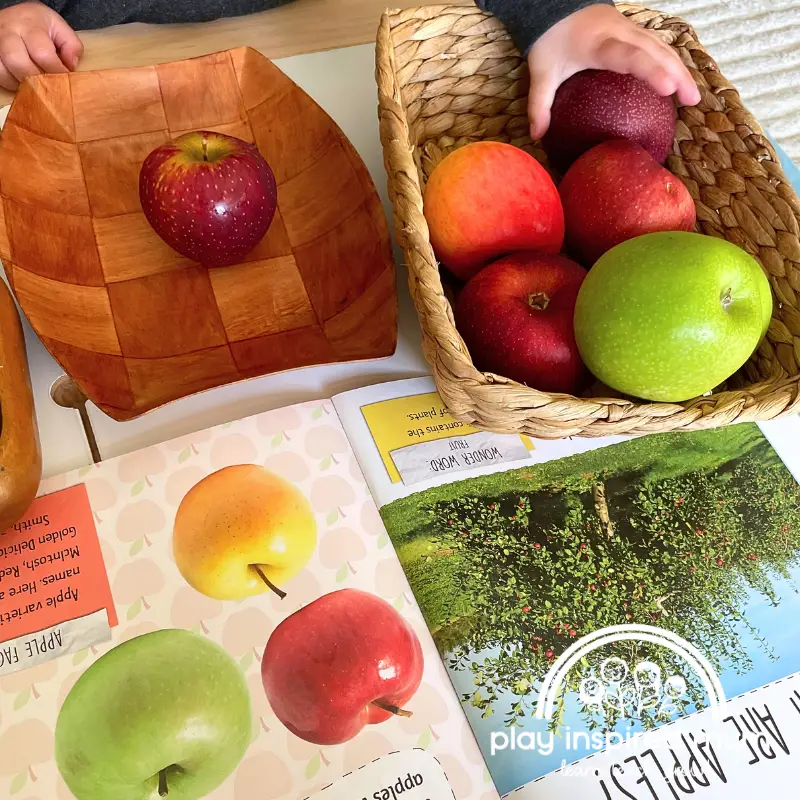
What type of learning is sorting?
Sorting is a multi-faceted learning activity that contributes to various aspects of cognitive, mathematical, linguistic, and sensory development. It provides a hands-on way for children to explore the world around them, make connections, and build a strong foundation for further learning.
Is sorting a numeracy skill?
Yes, sorting is considered a numeracy skill, although it is not exclusively limited to numbers.
Numeracy skills encompass a range of mathematical abilities, including understanding numbers, quantities, patterns, and relationships.
Sorting, in the context of objects or items, involves categorizing them based on specific attributes, which can include numerical attributes.
Here’s how sorting relates to numeracy skills:
- Quantitative Sorting: Sorting objects based on numerical attributes such as quantity or size involves numeracy skills. For example, arranging a set of objects from the least to the most or from the smallest to the largest requires an understanding of numerical order.
- Number Recognition: When sorting objects with numerical labels or representations (e.g., cards with numbers), children practice recognizing and associating numbers with their respective values.
- Pattern Recognition: Sorting often involves recognizing and creating patterns, which is a numeracy skill. Patterns can be numerical, such as arranging numbers in a sequence or repeating number sequences.
- Counting and Comparison: Sorting activities frequently involve counting objects in different categories. This reinforces the concept of counting and provides opportunities to compare quantities, another aspect of numeracy.
- Understanding Attributes: Sorting requires children to focus on attributes like size, shape, and color, which are foundational concepts for numeracy. These attributes can be used to sort objects based on numerical characteristics.
- Logical Reasoning: Sorting objects based on numerical attributes involves logical reasoning and an understanding of numerical relationships.
- Mathematical Thinking: Through sorting, children learn to think mathematically by considering relationships, patterns, and numerical order.
While sorting is not exclusively a numeracy skill, it encompasses numeracy-related concepts and contributes to children’s understanding of numbers, quantities, patterns, and mathematical relationships.
Apple-themed play resources
What are the benefits of sorting activities?
Sorting activities offer a wide range of benefits for individuals of all ages, from toddlers to adults.
These activities go beyond the immediate task of organizing objects and have far-reaching cognitive, developmental, and educational advantages.
Here are some key benefits of sorting activities:
Cognitive Development:
Sorting engages cognitive skills such as:
- critical thinking
- problem-solving
- decision-making
- logical reasoning
Children analyze attributes, make comparisons, and categorize items based on specific criteria.
Fine Motor Skills
Manipulating and arranging objects during sorting activities enhances fine motor skills and hand-eye coordination.
Mathematical Skills
Sorting introduces foundational math concepts, including counting, comparing quantities, recognizing patterns, and understanding order. These skills are essential for later math learning.
Visual Discrimination
Sorting encourages the development of visual discrimination skills, helping individuals recognize and differentiate attributes such as colors, shapes, sizes, and patterns.
Language Development
Engaging in sorting activities promotes vocabulary expansion as participants use descriptive language to articulate attributes and make comparisons.
Sensory Exploration
Sorting often involves tactile and sensory experiences, which stimulate sensory development and promote a better understanding of textures, shapes, and sizes.
Attention and Focus
Completing sorting tasks requires sustained attention and concentration, fostering the development of these crucial skills.
Problem-Solving
Sorting tasks pose challenges that require participants to think critically and solve problems. They need to decide how to categorize items based on specific attributes.
Logical Thinking
Sorting involves recognizing patterns, relationships, and connections between items, promoting logical thinking and understanding of classification systems.
Independence and Confidence
Successfully completing sorting activities boosts individuals’ self-esteem and confidence. It encourages them to take on new challenges and approach tasks with a sense of autonomy.
Social Interaction
Group sorting activities promote collaboration, communication, and teamwork. Participants discuss their sorting choices, share ideas, and learn from each other.
Preparation for Real-World Tasks
Sorting skills are applicable in everyday life, from organizing belongings to categorizing information in academic, professional, and domestic settings.
Stress Relief and Mindfulness
Engaging in sorting activities can be calming and meditative, providing a sense of order and control.
These benefits make sorting a versatile and valuable tool for educational settings, skill-building, and personal enrichment.
Just quietly, this is just one component we love about our celebration ring too. It is such a grounding calm organising the ornaments and loose part mandala pieces.
Sorting Activity Resourses
What are some real-life examples where sorting is used?
Sorting is a fundamental process that is used in various real-life contexts to organize and categorize items or information based on specific criteria.
Here are some examples of where sorting is commonly applied:
Recycling Centers
Recycling facilities sort different types of materials such as plastics, paper, glass, and metals to prepare them for recycling and proper disposal.
Grocery Stores
Grocery stores sort and arrange products on shelves based on categories such as food types, brands, and packaging sizes.
Laundry
Sorting laundry involves categorizing clothes by colors, fabrics, and care instructions to ensure proper washing and care.
Library Cataloging
Libraries sort and categorize books using classification systems like the Dewey Decimal Classification to make it easier for patrons to find and borrow books.
Data Management
In databases and spreadsheets, data is often sorted to arrange information in a specific order, making it easier to analyze and retrieve.
Manufacturing
In manufacturing processes, items are sorted based on quality, size, or other attributes before packaging or distribution.
Toy Sorting
Children often sort toys by type, creating their own systems of organization for playtime.
Packing for Travel
When packing for a trip, people often sort their belongings into categories such as clothing, toiletries, and electronics.
Home Organization
Sorting is used in home organization projects to declutter and categorize belongings, creating a more organized living space.
Cooking Preparation
In cooking, ingredients are sorted and organized before beginning the cooking process, ensuring a smooth workflow.
Event Planning
Planners sort guest lists, seating arrangements, and schedules to ensure events run smoothly.
Medical Laboratories
Medical labs sort and organize samples and specimens for testing and analysis.
These examples illustrate how sorting is an integral part of various aspects of everyday life, contributing to efficiency, organization, and effective management of resources and information.

How do you teach sorting activities?
Teaching sorting activities can be an engaging and educational experience, especially for young learners. Here’s a step-by-step guide on how to teach sorting activities effectively:
Choose Appropriate Materials
Select objects that are suitable for sorting based on the attributes you want to focus on (colour, shape, size, etc.).
Introduce the Concept
Explain the concept of sorting to your toddler. Use simple language and examples to help them understand what sorting means and why it’s important.
Discuss Sorting Criteria
Clarify the criteria by which the objects will be sorted. For example, if you’re sorting by colour, explain that objects will be grouped based on their colours.
Model the Process
Demonstrate how to sort a few objects using the chosen criteria. Think aloud as you sort, explaining your thought process and decision-making.
Engage with Hands-On Sorting
Encourage your child to actively participate. Provide them with a set of objects and guide them through the sorting process, offering assistance if needed.
Use Verbal Guidance
While your child is sorting, encourage them to describe what they’re doing. Ask questions that prompt them to articulate their thought process and observations.
Provide Positive Feedback
Offer positive reinforcement and praise as your child attempts the task. Praise the steps they take to complete the task even if mistakes are made. Efforts are equally, if not more important than completing the task successfully.
Vary the Attributes
Introduce different attributes for sorting in subsequent activities. This keeps the activity interesting and helps participants generalize the concept of sorting.
Extend the Learning
As your children become comfortable with basic sorting, introduce more complex variations, such as multiple sorting criteria or sorting by multiple attributes simultaneously.
Incorporate Games
Turn sorting into a game by setting time limits or incorporating challenges. This adds an element of fun and competition.
Encourage Independent Exploration
Provide your toddler with opportunities to explore sorting independently. Let them come up with their own categories or attributes for sorting.
Relate to Real Life
Discuss real-life scenarios where sorting is relevant, such as organizing toys, sorting laundry, or grouping items in a grocery store. Then when you are sorting in real life, remind them of how what they are doing is similar to that time they sorted apples.
Reflect and Discuss
After the sorting activity, engage participants in a discussion. Ask them about their experience, what they learned, and how they felt during the process.
Repeat and Reinforce
Incorporate sorting activities into your routine to reinforce the concept. Consistent practice helps solidify the skill.
Use Varied Materials
Experiment with different types of materials, from everyday objects to pictures, cards, or even digital sorting games.
Tailor to Developmental Level
Adjust the complexity of sorting tasks based on your childs’ age, abilities, and developmental stage.
Emphasize Fun and Engagement
Keep the activities enjoyable and engaging. The more your toddler enjoy sorting, the more motivated they’ll be to learn.
Connect with Other Concepts
Show how sorting connects with other skills, such as counting, patterns, and basic math concepts.
By following these steps and adapting them to the participants’ needs, you can create a positive and effective learning experience through sorting activities.
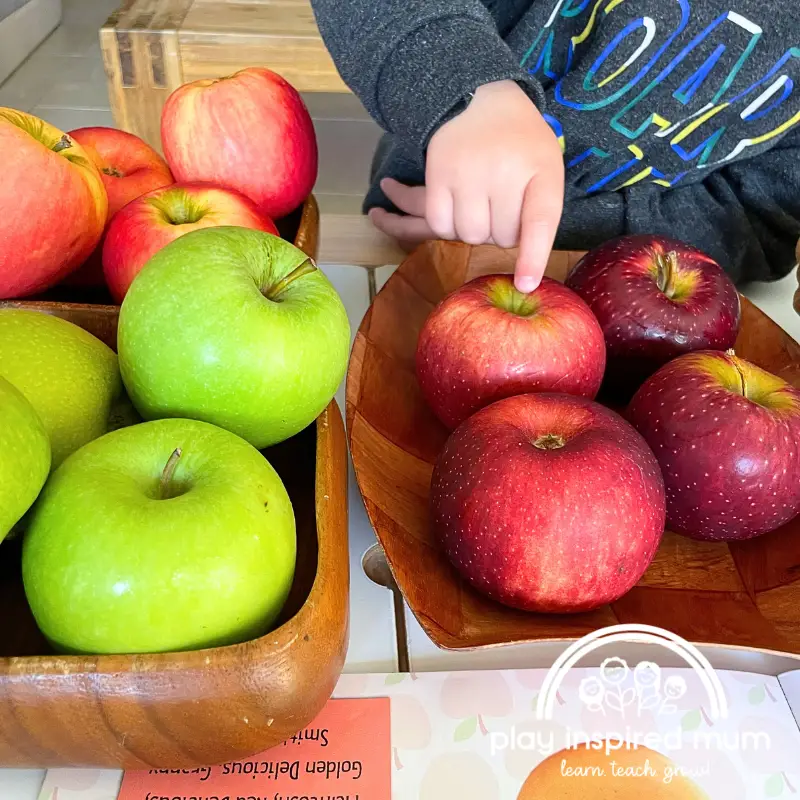
Embracing hands-on learning
Incorporating hands-on learning into your child’s developmental journey sparks curiosity and fuels cognitive growth.
When youngsters engage in tactile activities like sorting apples, they actively participate in their own learning process.
These activities forge connections in their developing brains, enhancing their sensory perception, fine motor skills, and critical thinking abilities.
Through hands-on sorting, children absorb mathematical concepts by comparing sizes, quantities, and attributes.
This immersive approach not only makes learning enjoyable but also lays a solid foundation for future cognitive challenges.
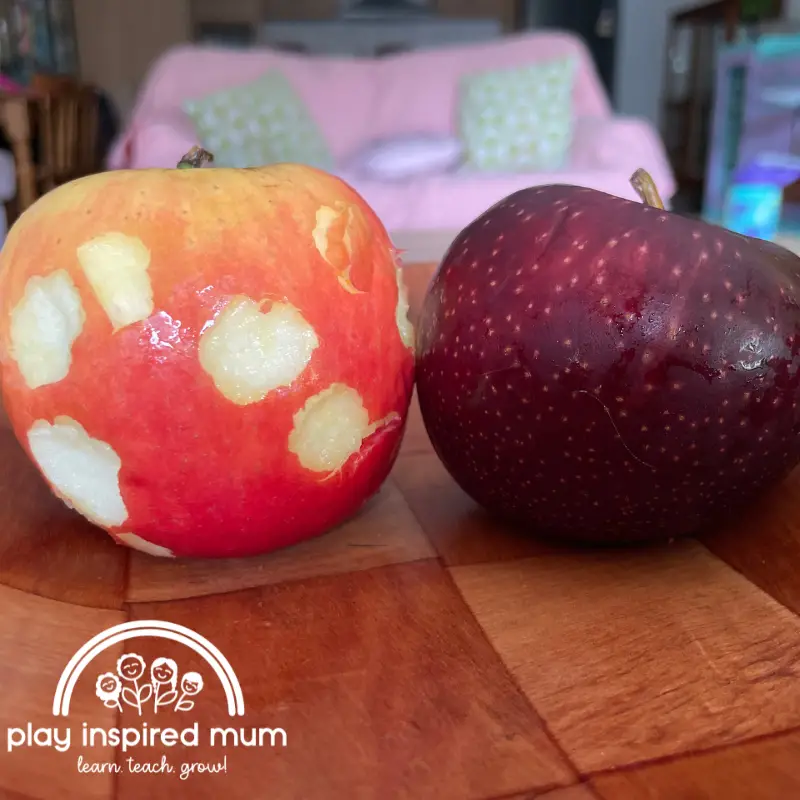
Apple Sorting Activity
Sorting activities are a dynamic and valuable tool for promoting learning and development across various age groups.
Whether it’s honing cognitive skills, fostering fine motor abilities, or reinforcing essential mathematical and organizational concepts, sorting offers a hands-on approach to education that engages and enriches the mind.
By actively participating in sorting tasks, individuals not only cultivate critical skills but also gain a deeper understanding of the world around them.
So, whether you’re teaching a child the basics or enhancing your own organizational prowess, sorting activities stand as a powerful means of education and empowerment.
Apple sorting is a simple and extremely effective toddler activity that embraces all these learning opportunities. Who would have thought that humble apple sorting could be such a powerfu way to learn through play?
